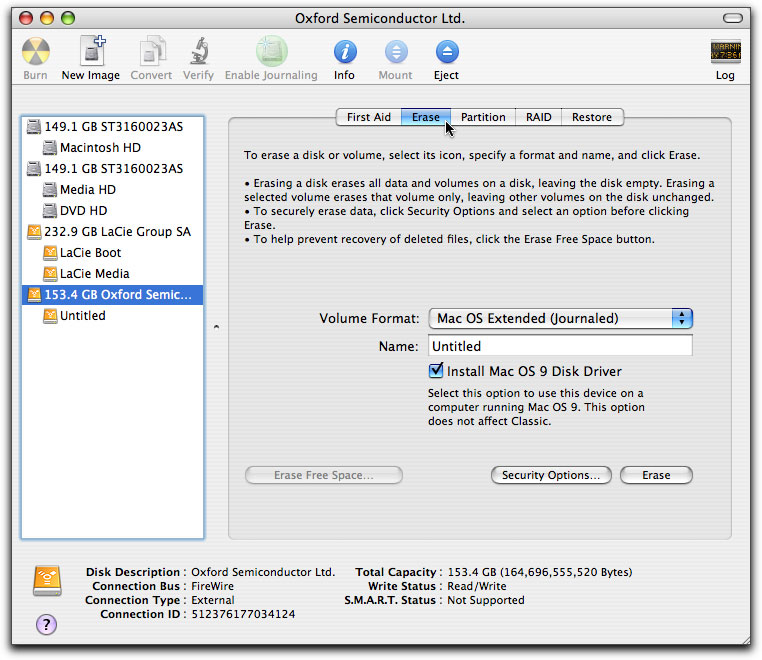

The easiest way to do that is hit CMD and the spacebar at the same time and type in 'Disk. Once you have every option how you want it, click “Start” to begin the formatting process. How to format an external drive in OS X 1. Unchecking “Quick Format” makes Windows check the disk sector-by-sector with a low-level format that takes much longer, but it will also wipe all traces of any old data completely. The data is still on the drive but all references to it are lost, so it will be overwritten as you use the newly formatted drive.

Allocation Unit Size: This is the basic block size used by the file system when you format your drive.If you want the drive to be readable and writable on a Mac as well, choose exFAT. In general, you’ll want to select NTFS if the drive will only be used with Windows. Depending on the drive’s size, your options will be FAT, FAT32, NTFS, or exFAT. File System: A file system is a data structure that tells an operating system how to save and load files to or from a disk.Formatting takes up some of the raw disk space because of how file systems work. Capacity: This will be the data capacity of your hard drive or SSD once it is formatted.


 0 kommentar(er)
0 kommentar(er)
